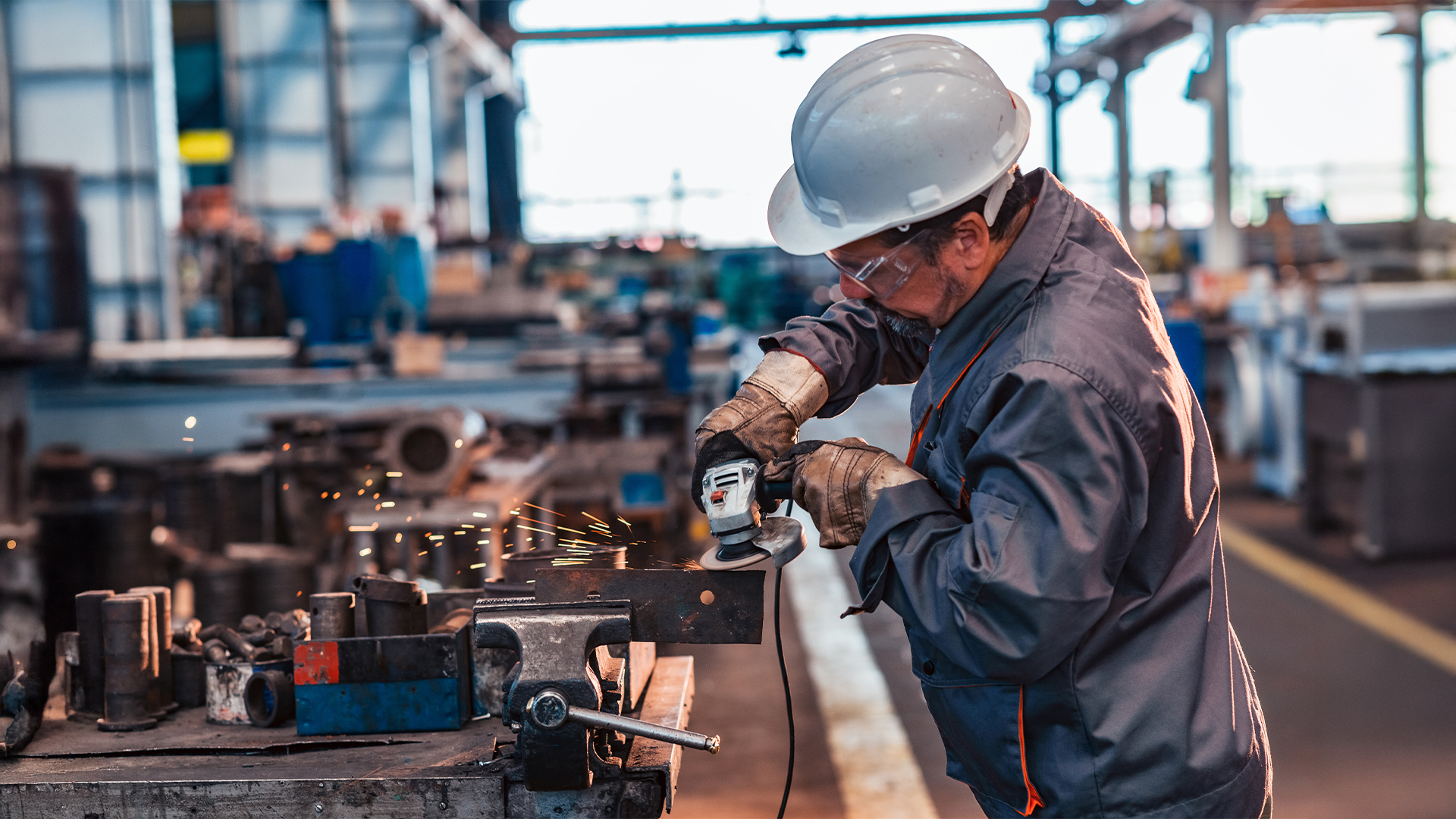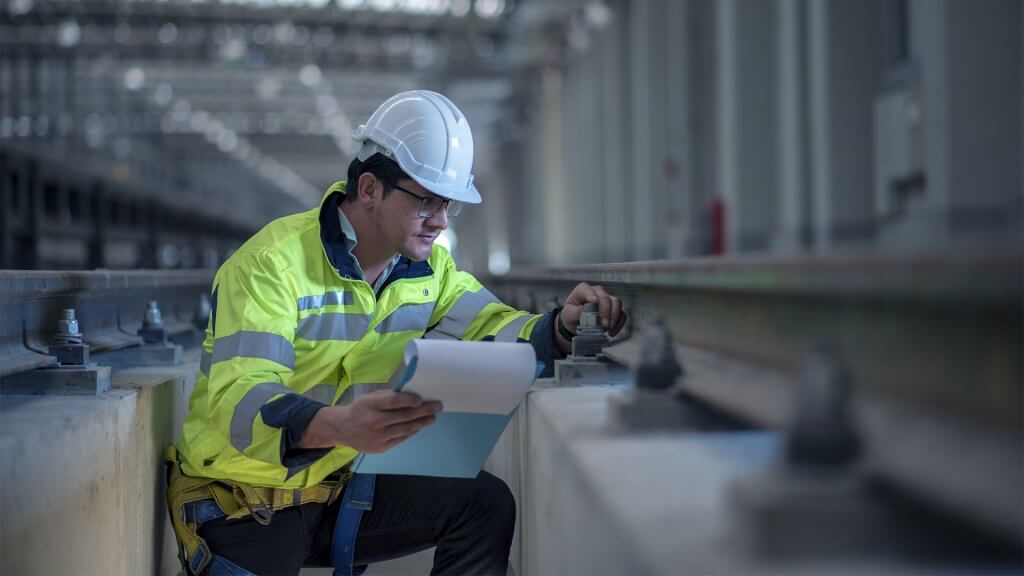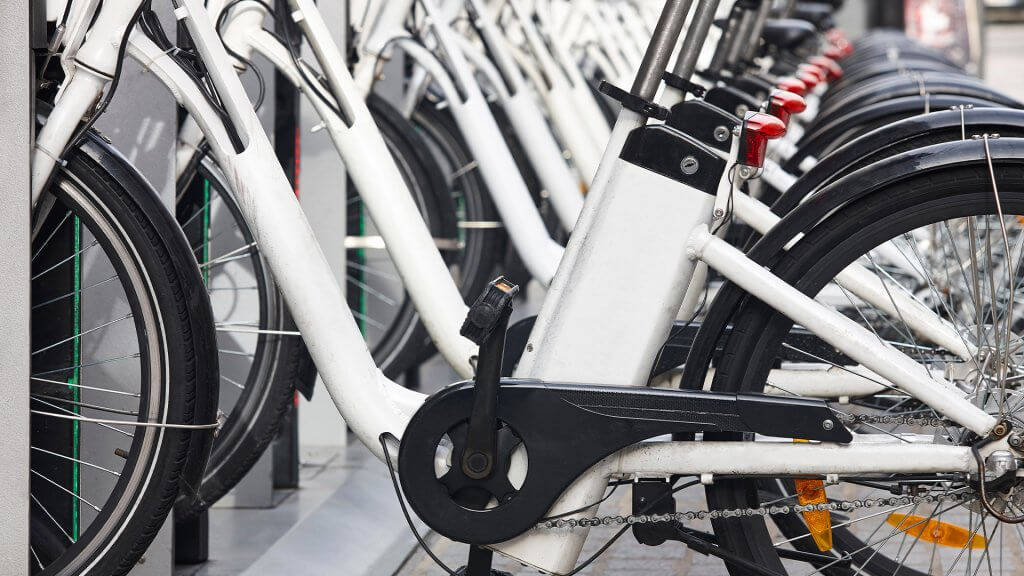
By Andrew King, Founder of SGT
Andrew King is the founder of SGT, a Buckinghamshire-based firm helping businesses across the UK find commercial energy tariffs that meet their needs while keeping costs low. Andrew explores energy security in the manufacturing sector, focusing on strategies to safeguard operations against supply chain disruptions in volatile energy markets.
In a busy factory, the humming machines are the heartbeat of the business. Now imagine that heartbeat faltering during a sudden power cut – lights out, production halted, deadlines missed. This scenario isn’t just a nightmare; it’s a real supply chain risk. One in five UK manufacturers still has no clear energy strategy to guard against volatile power supply. Energy security is about preventing that nightmare. It means having reliable backup power, harnessing on-site energy (like solar panels or wind turbines), and smartly adjusting your energy use when the grid is under stress. In simple terms, it’s keeping your factory running come what may – just like having a spare tyre for your business so you’re not stranded by the roadside.
Manufacturers can strengthen energy security through three key approaches: backup power systems, microgrids and demand-side response (DRS). From small-scale workshops to large industrial facilities, these measures offer scalable solutions to enhance resilience across sites of all sizes.
Backup Power: Your Factory’s Safety Net
Think of backup power like a safety net when the main power grid lets you down. Backup generators are designed to detect outages and start automatically. When a power outage strikes, within seconds, the diesel generator kicks in. The lights flicker back on, the production line barely misses a beat.
For many UK manufacturers, diesel standby generators have been the go-to solution for emergency power. They can range from small units keeping a workshop’s essential lights on, to huge engines capable of powering an entire factory. The principle is the same: when the grid fails or voltage drops, an automatic transfer switch flips your facility to generator power until the mains is stable again. This prevents costly downtime, which can be thousands of pounds per hour in lost productivity. It’s no wonder critical facilities, from data centres to hospitals, always have backup gensets on site, often tested monthly to ensure they’ll work when needed.
Beyond diesel generators, battery backup systems are emerging as a clean and quiet alternative. Think of a battery system as a giant uninterruptible power supply (UPS) for your factory. In normal operation, it charges from the grid or on-site renewables, and if the power blinks, the battery instantly discharges to keep equipment running with no gap. This can bridge the few seconds it takes a diesel generator to start or even cover short outages entirely. Battery Energy Storage Systems (BESS) also offer extra perks: you can use them for “peak shaving” – supplying power during the most expensive tariff periods – or participate in grid support schemes when idle. The UK has been a leader in deploying battery storage, and costs are coming down, making it a viable backup option, especially for businesses aiming to reduce their carbon footprint.
The bottom line on backup power? It’s your insurance policy. Just like you wouldn’t drive a car without a spare tyre, a manufacturer shouldn’t operate without some form of backup power ready. Generators and batteries ensure that even if the wider electricity supply chain wobbles, your production can continue safely. Of course, maintaining that backup (fuel in the tank, battery health, regular test runs) is crucial – a backup plan is only as good as its execution. But with a well-maintained standby generator or battery system, you won’t be left in the dark.
Microgrids and On-Site Renewables: Power in Your Own Hands
Instead of just reacting to grid failures, what if your factory could make its own power day-to-day? The microgrid is essentially a mini power network at your site that can generate and manage electricity independently.
Picture a mid-sized automotive manufacturer. They’ve installed solar panels across its vast roof and a couple of small wind turbines on the property. During sunny midday hours, those panels might produce more power than the factory needs. Thanks to the UK’s Smart Export Guarantee (SEG), the company can sell excess electricity back to the grid for a credit on their bill. Come evening, their on-site battery storage kicks in to supply the facility after sunset. In effect, this plant has its own microgrid: a self-sufficient loop of generation (solar/wind), storage and consumption, all coordinated by smart controls. If a storm knocks out the local distribution network, the microgrid can “island” itself – i.e. disconnect and continue powering key machinery from the on-site sources. To the plant managers, a grid outage might just mean switching to their own power reserve with minimal disruption.
In South Wales, for example, a battery manufacturer set up an integrated energy centre at its factory, combining nearly 3,000 solar panels with advanced lead-acid and lithium batteries. This dual-chemistry battery system soaks up solar power and provides flexible energy to the facility, effectively creating a resilient microgrid. Similarly, across the UK, more factories are adding Combined Heat and Power (CHP) units (which produce electricity and useful heat from gas), wind turbines on-site or biogas generators. These on-site generation assets, coordinated together, give manufacturers greater control. Energy security improves because you’re less reliant on importing every kilowatt from the grid or on a single fuel source. Plus, you’re insulating your operation from price spikes – if grid electricity prices shoot up, your solar panels and CHP have you covered at a stable cost.
Microgrids also play into the UK’s sustainability and regulatory landscape. With the government pushing towards net-zero emissions, there are incentives and schemes to support renewables. Aside from the SEG paying you for exports, there are capital allowances and grants in some cases for renewable installations. By using on-site renewables, manufacturers cut their carbon emissions and may improve their eligibility for initiatives like Climate Change Agreements (which reduce certain taxes for energy-efficient operations). Also, being able to say your product was made with green energy generated right at your factory is a powerful message to customers and partners.
In short, a microgrid is about putting power literally in your own hands. It’s a proactive way to manage supply chain risk: if fuel supplies are disrupted or the national grid is strained, your local sources keep the lights on. Big enterprises might invest in full-fledged microgrids with multiple generation sources and sophisticated controls. But even small and medium firms can start micro, for instance, with just a rooftop solar array and a battery bank to support critical equipment. The scalability means any business can benefit from energy independence. You become producer and consumer – a “prosumer” – and gain a buffer against external power problems.
Demand-Side Response: Turning Flexibility into Opportunity
Demand-Side Response (DSR) does not require new hardware or on-site generation – it’s about using electricity intelligently and flexibly. DSR means adapting your energy use in real-time in response to signals from the grid. In practice, that might mean temporarily powering down non-essential processes, shifting heavy-energy tasks to off-peak times, or even firing up your backup generator to reduce strain on the grid during a peak event. Why do this? The National Grid (through its Electricity System Operator) is willing to pay or incentivise businesses to help balance the system.
For example, a medium-sized food processing plant has signed up with a DSR programme via an energy aggregator. One winter evening, it gets an alert: the national grid is under pressure. If the plant can reduce its consumption by 30%, it will earn a payout or credit. Those running the site have a plan ready – they can safely delay one packaging line and switch the refrigeration units to generator power. The factory’s grid draw drops as requested. The grid keeps stable for everyone, and the business earns money for being part of the solution. Multiply this by hundreds of businesses, and you see why National Grid ESO calls DSR a vital tool for a secure, affordable, low-carbon system.
The UK has formalised DSR through programmes like the Capacity Market, the Demand Flexibility Service and various ancillary services. The Capacity Market, for example, offers companies payments in return for committing to reduce load or start up generators when the grid is stressed. It is described as a stable, reliable revenue stream – businesses can get paid simply for being on standby to help, even if an event never occurs. Some manufacturers have unlocked significant revenue this way, up to £65,000 per megawatt of demand they can dial down on request. For energy-intensive industries, participating in DSR can turn electrical equipment into an income source when idle. Even smaller companies can aggregate, joining a pool with others so that collectively they offer a sizeable demand reduction to the grid. This is often coordinated by specialist energy service companies or aggregators, who handle the complexity and ensure participants are rewarded without risking their operations.
Aside from direct payments, demand-side response saves you money on energy bills. By shifting some usage to off-peak times, businesses can avoid peak network charges and pricey peak unit rates. It’s akin to doing your heavy lifting when electricity is cheaper and greener (often mid-day when solar is abundant or overnight when demand is low). In turn, this not only cuts costs but also reduces the chance of blackouts for everyone by smoothing out the demand spikes. Ofgem and National Grid ESO actively encourage more businesses to get involved in DSR as the UK moves toward more wind and solar. Flexibility is key when the wind can drop or clouds can suddenly shade solar farms. Participating in DSR is a hallmark of a modern, agile manufacturer that can quickly respond to external conditions. Thanks to advanced monitoring and control systems, it is getting easier to automate these adjustments with minimal manual intervention.
Take Charge of Your Energy Future
Energy security can make the difference between business-as-usual and a costly shutdown in the face of supply chain shocks. The good news is that UK manufacturers of all sizes have tools at their disposal: a backup generator or battery is like an insurance policy for outages, a microgrid with renewables puts you in control of your power supply and demand-side response turns your flexibility into a financial and resilience advantage. These strategies often work best in combination – for example, backup generators enable deeper participation in DSR (since you can switch to genset during peak events), and on-site renewables paired with batteries strengthen your ability to ride through grid problems. Embracing them not only protects your factory floor from going quiet but can also yield savings or new income streams, all while aligning with the UK’s push for a cleaner, more reliable energy system.
Every manufacturing operation is unique, and the optimal energy security plan will depend on your processes, energy usage patterns and budget. This is where it pays to get expert help. Speak with an independent energy consultant or broker who can assess your needs objectively. These professionals can help you conduct an energy risk audit, navigate government incentives and design a tailored mix of solutions. They’ll ensure you get competitive quotes and the right technology without overspending, and they can often manage the project implementation for minimal disruption.
In the unpredictable world of energy and supply chains, manufacturers who plan ahead will be the ones keeping the lights on and the orders flowing. By taking charge of your energy security, you’re not only protecting your business, but you’re also driving efficiency and innovation that gives you a competitive edge.



























